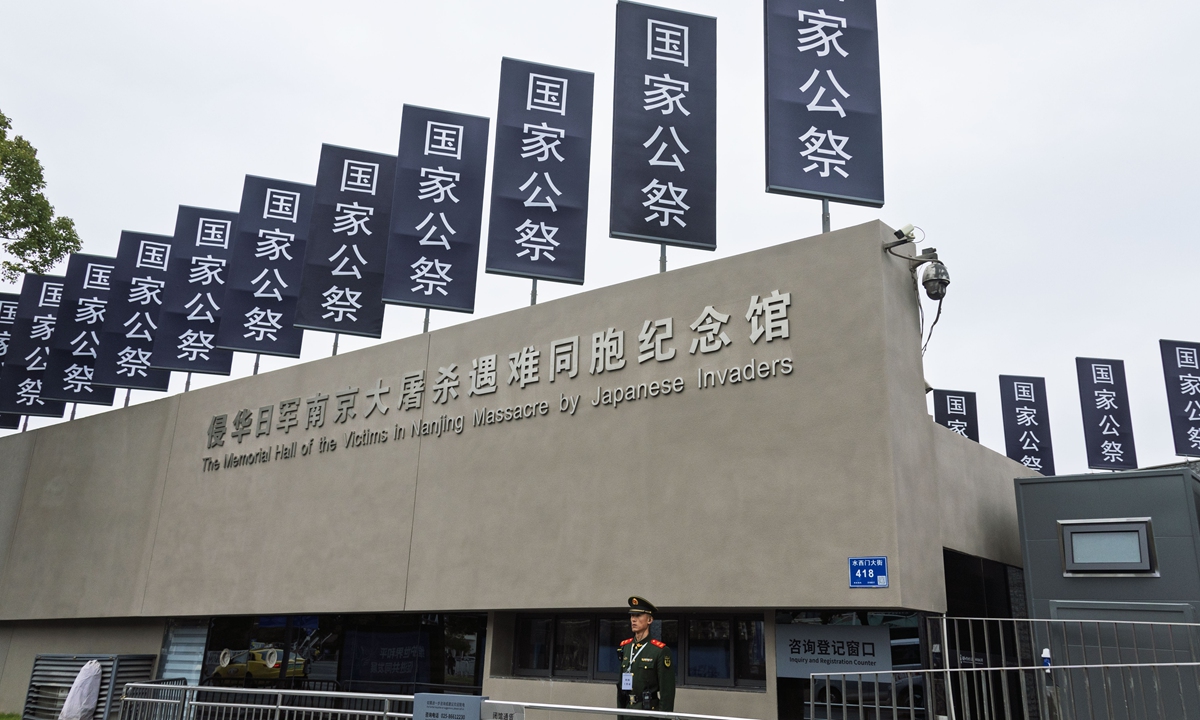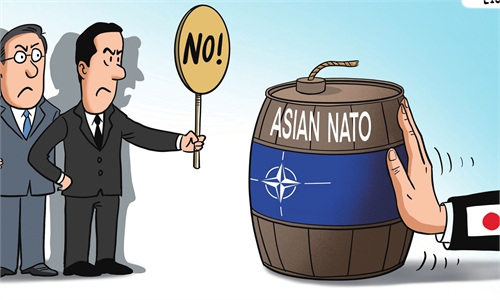THROUGHOUT this year, the most incessant and pernicious concern most countries share has been Washington’s “reciprocal” tariffs.
The fact that Donald Trump hit the whole world with tariffs since returning to office in January assured him of global attention, but of the negative sort.
Grabbing world headlines while confounding critics was classic Trump. The surprise came in how spiralling US tariffs against China were abruptly deflected onto the rest of the world instead.
That resulted from what must have been a surprise to the Trump administration itself: tariffs on China were suddenly halted in their tracks when Beijing hit back with counter-tariffs of its own.
Moral of the story: respond innovatively, don’t just succumb. Pull some surprises of your own.
Trump 2.0’s tariffs had another unintended consequence – lumping allies, partners and everyone else together with its perceived adversaries. This assertion of hard power came at the expense of its soft power and international credibility.
The US had underestimated China’s capacity again. Multiple examples abound of how two can play Trump’s game of trade shock and awe.
This is by now a standard principle of Us-china rivalry: squeeze Beijing hard, and get an unintended and opposite effect. The lesson was never learned – tariffs, sanctions and bans have only spurred China to achieve more and grow stronger.
From its own International Space Station Tiangong and the world’s first moon landing on the far side to breakthroughs in quantum computing and nuclear fusion technology, China’s gains have multiplied when challenged. And the US appears all set to continue this unwitting “assistance”.
The Deepseek moment when China achieves equivalent or better success with higher value, in less time, and at lower cost has become almost routine. Deepseek itself was followed by Moore Threads, whose billion-dollar status, early IPO and massive oversubscription on opening day thrashed all its Western peers by a stunning factor of several thousand.
Among China’s more recent technological feats is Shenzhen’s Extreme Ultra-violet (EUV) lithography prototype. This triumph against the odds came despite, or rather because of, the US ban on sales of EUV machines to China.
It followed the familiar and flawed assumption that China cannot build competitive technology of its own. This myth persists despite repeated warnings from tech industry leaders in the West.
Former ASML CEO Peter Wennink had predicted that Us-led Western pressure against China’s technological development would only backfire by massaging its STEM prowess. Nvidia CEO Jensen Huang observed that China was only ‘nanoseconds’ behind in making the world’s most advanced chips.
Nvidia designs high-end chips made by Taiwan’s TSMC with ASML’S EUV equipment from the Netherlands. The US has tried hard to keep China out of this vital supply chain, but with steadily diminishing success.
Such futility stems from failure to appreciate the interconnectedness of global industry and all its implications, and not least China’s already considerable capacity galvanised by its irrepressible will to succeed. The condescending attitude that “China can only copy, not innovate” adds to its determination to beat all the odds.
Prior to China’s launch of the Asian Infrastructure Investment Bank (AIIB) a decade ago, US cynics said China had nobody competent to run it. But it appointed founding President Jin Liqun, a respected professor and senior veteran of the World Bank, the Asian Development Bank and China’s Finance Ministry.
It happened again with Deepseek and Moore Threads, under their founding CEOS Liang Wenfeng and James Zhang. Since the Western commentariat had not heard of them, the capacity they represented was deemed non-existent.
Yet a 23-year-old Liang was already leading his Chinese team in collecting data on financial markets while the US was struggling with the Great Recession of 2008. Zhang is a 14-year veteran of Nvidia and its former Vicepresident.
Another shock to the West came with the Shenzhen EUV prototype passing all its scheduled tests. Among its lead scientists is Lin Nan, former head of ASML’S photolithography department key to making the world’s most powerful chips.
China is also experimenting with graphene and photonic chips, potentially leapfrogging today’s silicon-based versions by multiple generations. Meanwhile a gushing ‘brain drain’ of tech talent from the West to China approximates to a flood.
After Chinese nationals in toptier Western corporations and institutions returned to China, ethnic Chinese from the diaspora followed, then skilled Westerners migrated as well. The US Congress sounded the alarm and called for reversing the trend, but to no avail.
Migrating scientists are not just attracted by generous new contracts. US agencies are imposing damaging cuts in R&D funding and tough visa restrictions on foreign talent.
Asians are particularly affected after being made to feel unwelcome in the US socially, politically and professionally. The US tally of own goals continues to see a scoring spree.
The tariffs are Washington’s threat to tax itself unreasonably. Savvy countries calling its bluff remain free to develop their own inventiveness, with fresh resilience and leverage as accompaniment.

Related
2025 in Review with Professor Martin Jacques















